Rise of Digital Ownership
The concept of digital ownership is becoming increasingly prevalent in the Gaming NFT Market. Players are now able to own unique in-game assets, which can be traded or sold, thus enhancing their gaming experience. This shift towards digital ownership is driven by the growing acceptance of blockchain technology, which provides a secure and transparent way to verify ownership. As of October 2025, the market for digital assets in gaming is projected to reach substantial figures, indicating a robust demand for NFTs. This trend not only empowers players but also creates new revenue streams for developers, as they can monetize their creations through NFT sales. The rise of digital ownership is likely to redefine the relationship between players and game developers, fostering a more engaged and invested gaming community.
Innovative Game Design and Development
Innovative game design and development practices are pivotal in driving the Gaming NFT Market forward. Developers are increasingly exploring new ways to incorporate NFTs into gameplay, creating unique experiences that differentiate their offerings in a crowded market. This innovation is often reflected in the creation of play-to-earn models, where players can earn NFTs through gameplay, thus incentivizing engagement and retention. As of October 2025, many games are integrating NFT mechanics, leading to a surge in player interest and participation. The potential for unique gameplay experiences, combined with the ability to earn tangible rewards, is likely to attract a broader audience to the gaming sector. This trend not only enhances player satisfaction but also encourages developers to push the boundaries of creativity, ultimately benefiting the entire Gaming NFT Market.
Expansion of Esports and Competitive Gaming
The expansion of esports and competitive gaming is a driving force in the Gaming NFT Market. As esports continues to gain popularity, the demand for unique digital assets, such as player skins and collectibles, is on the rise. This trend is evidenced by the increasing number of tournaments and events that offer NFTs as prizes, thereby incentivizing participation and engagement. The esports market is projected to reach a valuation of several billion dollars, indicating a lucrative opportunity for NFT integration. Furthermore, the competitive nature of esports creates a fertile ground for the trading of NFTs, as players and fans seek to acquire rare and valuable items. This dynamic not only enhances the overall gaming experience but also solidifies the role of NFTs as essential components of the esports ecosystem.
Growing Interest from Investors and Collectors
The growing interest from investors and collectors in the Gaming NFT Market is reshaping the landscape of digital assets. As more individuals recognize the potential for value appreciation in NFTs, investment in gaming-related digital assets is becoming increasingly common. This trend is supported by the emergence of dedicated marketplaces for gaming NFTs, where collectors can buy, sell, and trade unique items. The market for gaming NFTs has seen substantial investment inflows, with reports indicating that certain high-value assets have sold for millions. This influx of capital not only validates the market but also encourages developers to create more innovative and desirable NFTs. As the collector base expands, the potential for price appreciation and market growth becomes more pronounced, suggesting a promising future for the Gaming NFT Market.
Integration of Virtual Reality and Augmented Reality
The integration of virtual reality (VR) and augmented reality (AR) technologies into the Gaming NFT Market is transforming the way players interact with digital assets. These immersive technologies allow players to experience NFTs in a more engaging and interactive manner. As the demand for VR and AR experiences continues to grow, developers are increasingly incorporating NFTs into these environments, creating unique gameplay experiences. The market for VR and AR in gaming is expected to expand significantly, with projections indicating a potential market size of billions by the end of the decade. This integration not only enhances the gaming experience but also increases the perceived value of NFTs, as players seek out unique and immersive experiences that cannot be replicated in traditional gaming formats.



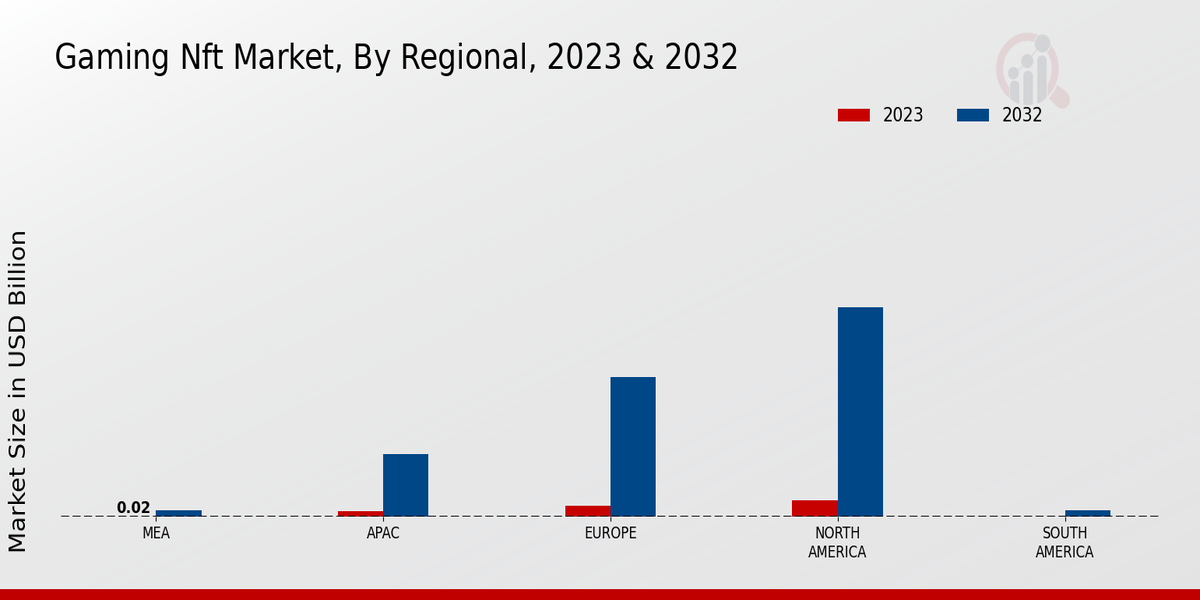
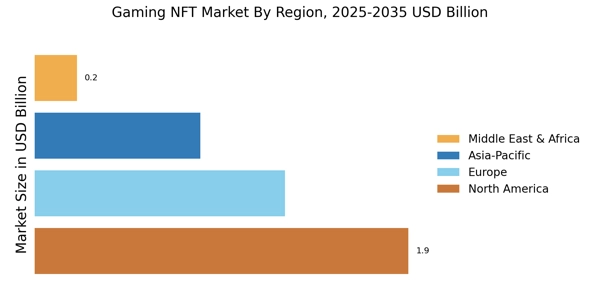
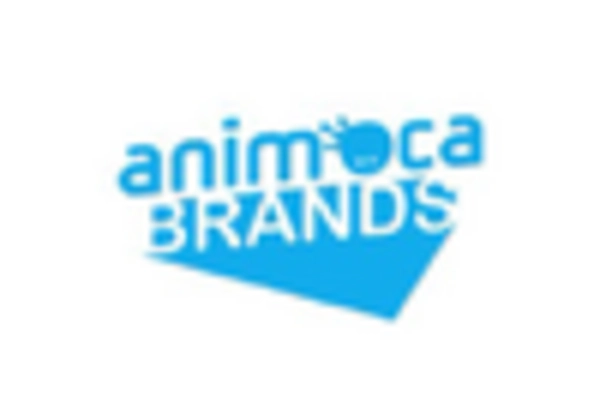
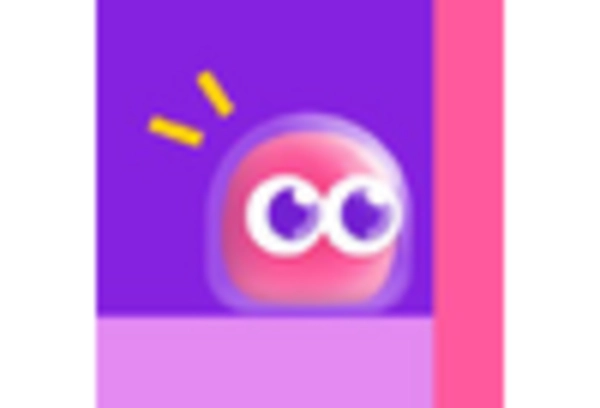

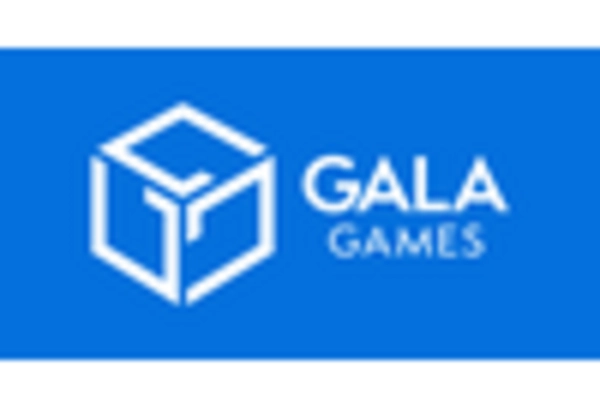
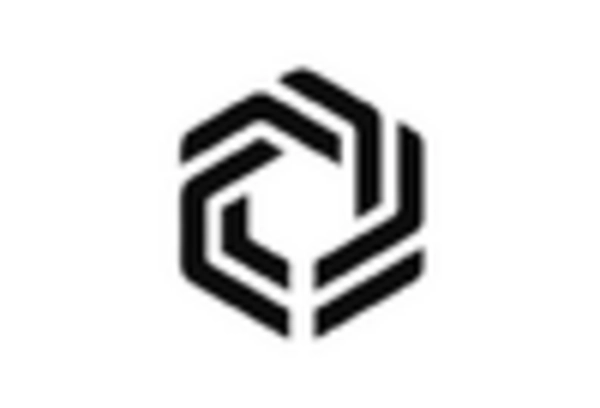









Leave a Comment